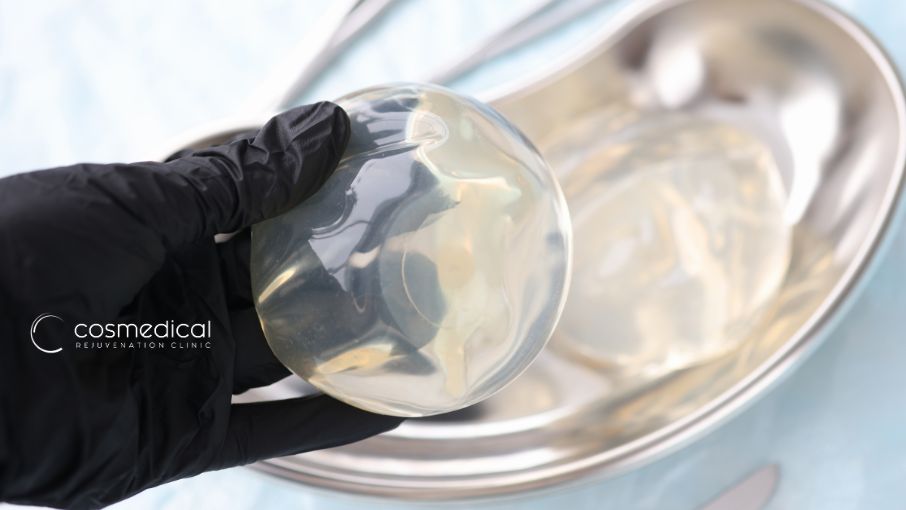
How Breast Implants Are Made
Breast implants are medical devices designed for breast augmentation. They typically come in two primary types: silicone gel-filled and saline-filled. Here's a basic overview of how each type is made:
Silicone Gel-Filled Implants
Shell Creation
The outer shell of a silicone gel-filled implant is made from silicone elastomer, a durable, flexible synthetic material. This silicone shell is typically created through a process known as injection molding, where liquid silicone is injected into molds to form the desired shape. Once molded, the shell is cured in an oven to harden the silicone.
Filling with Silicone Gel
The cured silicone shell is filled with a silicone gel, which is a thick, cohesive substance designed to mimic the natural feel of breast tissue. Sometimes, a self-sealing valve is integrated into the shell design to close the opening once the injection tool is removed.
Some manufacturers may conduct another curing cycle to ensure all components are thoroughly set.
Saline-Filled Implants
Shell Creation
Similar to silicone implants, the shells of saline implants are also made from silicone elastomer. They undergo the same process of injection molding and curing.
Filling with Saline Solution
Unlike silicone gel implants, saline implants are filled after the shell has been inserted into the body. The shells have a valve system. During surgery, the surgeon fills the shell with sterile saline (salt water) through the valve. One benefit of saline implants is that their volume can be adjusted during surgery to achieve the desired size.
Sterilization for Both Implant Types
All implants are sterilized using methods such as autoclaving, gas sterilization, or radiation. This ensures that the product is free of contaminants.
Packaging
Each implant is sealed in a sterile container. It is then packaged in a box with detailed instructions for the surgeon.
Regulatory Approval
Before being available for clinical use, breast implants must receive approval from regulatory bodies such as Health Canada and the FDA (in the United States). These approvals are based on clinical studies that evaluate the safety and effectiveness of the implants. Compliance involves detailed documentation, inspection, and testing results submitted for evaluation.
Post-Manufacturing Monitoring
Lot Tracking
Each batch of implants is tracked to manage recall processes and monitor long-term performance.
Post-Market Surveillance
Manufacturers often collect data on the performance of their implants in the field to improve future products and maintain safety standards.
By following these meticulous processes, manufacturers ensure that breast implants are safe, reliable, and effective for their intended medical use.